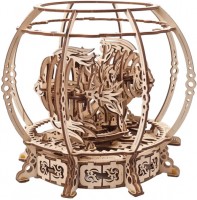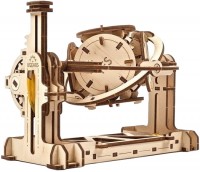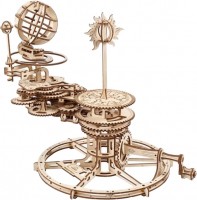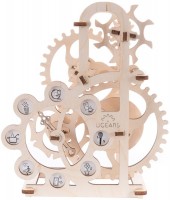UGears Sky Watcher 70162
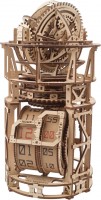 |
UGears Sky Watcher 70162 | |||||||||||||||||
| |||||||||||||||||
The information in the model description is for reference purposes.
Always clarify the specifications and configuration of the product with the online store manager before purchasing.
Catalog UGears 2025 - new arrivals, bestsellers, and the most relevant models UGears.
Always clarify the specifications and configuration of the product with the online store manager before purchasing.
Catalog UGears 2025 - new arrivals, bestsellers, and the most relevant models UGears.
We recommendCompare using chart →

